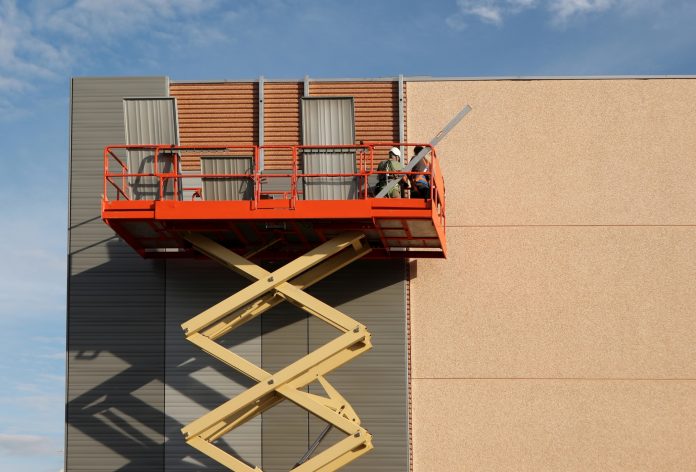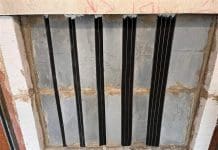New fire protection regulations are now in force. Jon Pagan, director of fire safety engineering at FIA member company International Fire Consultants and chair of the FIA’s Fire Engineering Council, looks at what they mean for the construction industry
New legislation has put stricter rules on the materials that buildings can be made of due to concerns surrounding fire protection following the Grenfell Tower incident, where 72 people lost their lives and hundreds more were injured when the external wall of the tower engulfed the building in flames.
The Building (Amendment) Regulations came into force in December 2018, placing restrictions on the combustibility of materials contained within the external walls of “relevant buildings” in England.
“Relevant buildings” include residential and institutional buildings that are more than 18m high, for example hospitals, care homes, boarding schools and residential buildings.
Under the new regulations, all external walls and balconies must only use materials that comply with specified tests for combustibility (Euro Class A2-s1,d0 or A1). Those are strict criteria and in practice, any materials that contain significant amounts of wood or plastic will not comply.
The new regulations apply to ALL materials contained within, or that pass through, that wall. This includes materials such as insulation and cladding, but also includes ducts, pipes and anything else within the wall. There is a list of excluded items, but any materials which are not on that list will need to comply.
There is no generic exclusion for materials that are only used in small quantities. For example, adhesive is not included in the list of excluded items, but “seals” are. So if adhesives are used as a “seal” then they are allowed, but if they are only being used to fix something in place, they may be banned.
The new regulations are prescriptive (rather than functional), which means that strict compliance is necessary. As a result, if a non-compliant material has been accidentally used it will have to be entirely removed from the external wall of the building, even if it means destroying the external walls of the building and rebuilding entirely.
Therefore, compliance with the new regulations is vital, since a failure to comply (whether intentionally or not) could cause weeks or months of delay. For large projects, the costs could run into hundreds of thousands or even millions.
The industry will have to adapt to address these risks. One option would be to create a register of all materials used in the external walls. This register must be monitored by a competent fire engineer to ensure that only compliant materials are included.
For further help and guidance, the FIA has produced a guide to help those in the industry navigate the new regulations called Guidance for the Building (Amendment) Regulations, which is a detailed guide to the changes in the regulations, with clear and concise information about the new terms and what they mean for construction and fire protection.
The FIA is the largest fire protection trade association in the UK with 800+ members, including a council made up of experienced and third-party certified fire engineers, who have produced the document.
The FIA is a not-for-profit organisation and a major provider of fire safety training and qualifications for the fire protection sector.
Our objective is to promote, improve and perfect fire protection methods, devices, services and apparatus.
We achieve this through the representation of our members, providing technical support, guidance and opportunities for professional advancement through education and appropriate regulation.
We promote and shape legislation and the professional standards of the fire industry through close liaison with government and official bodies, as well as other key stakeholders.
We also provide funding for research projects in line with our principal objectives, and produce and hold a library of technical information, including the guide regarding the changes to Building Regulations.
Guidance for the Building (Amendment) Regulations covers the timescale for the legislation coming into force, the legislation itself in detail, relaxations and definitions of “relevant buildings”, “external walls”, and a definition of “specified attachments” to help those involved understand the full extent of the terms.
The guide also covers fire performance of materials and their exclusions, and work on existing buildings and whether these are covered under the new legislation.
This is available to download from the FIA website free of charge – simply visit the Resources section of the website and search the Publications Library.
 Jon Pagan
Jon Pagan
Chair
Fire Industry Association Fire Engineering Council
Tel: +44 (0)20 3166 500




![[VIDEO] Making DorTrak reports easy to read with Fireco Inspecting fire doors at Fireco, firedoor technology, 2023](https://www.pbctoday.co.uk/news/wp-content/uploads/2024/04/JPZ_2364-web-218x150.jpg)









